
What Is This Button In The Car For
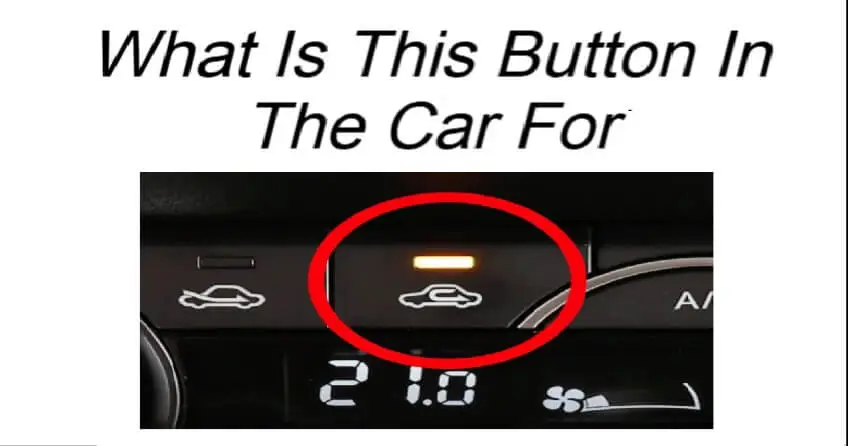
You’ve probably seen a button on your car’s dashboard, perhaps with a simple icon of a car and a circular arrow inside. You might have wondered what it’s for—perhaps it's a feature you’ve never used or don’t fully understand. That button is the air recirculation button, and while it may seem minor, it plays a significant role in enhancing your driving comfort and, in some cases, even ensuring your safety. However, using it incorrectly can have unintended consequences that could affect your comfort and vehicle’s performance. So, let’s dive into what this button does, when you should use it, and when to avoid it.
What Is the Air Recirculation Button For?
At its core, the air recirculation button prevents outside air from entering the cabin of your car. Instead, it forces the air that’s already inside to circulate again, creating a closed-loop ventilation system. This allows the car’s HVAC (heating, ventilation, and air conditioning) system to either cool or heat the air inside based on your settings, and then redistribute it throughout the cabin via the vents.
While this might sound straightforward, it’s important to know when and how to use this feature properly to get the best results. Understanding its purpose can help you optimize your vehicle’s climate control, improve fuel efficiency, and create a more pleasant driving experience.
When Should You Use the Air Recirculation Feature?
There are several situations where activating the air recirculation button is especially beneficial. These include:
-
Driving through heavy traffic or polluted areas
In busy city centers or heavily congested roads, the air quality can be poor due to emissions from other vehicles. By activating the air recirculation function, you can keep the polluted air outside and help ensure the air in your cabin remains fresh and breathable. -
Passing areas with strong or unpleasant odors
Whether you’re driving past a farm, a waste treatment plant, or a factory, unpleasant smells can easily infiltrate your vehicle. The air recirculation function blocks outside air from entering, helping you avoid these odors. -
Traveling through tunnels or dusty areas
Dusty environments or tunnels with poor ventilation can introduce harmful particles into the air, reducing visibility and air quality. By activating the recirculation feature, you limit exposure to these pollutants, helping you maintain clear air inside the cabin. -
Hot weather conditions
When the weather is particularly hot, your air conditioner may need some help in cooling the cabin quickly. Using the air recirculation mode makes the system more efficient, as it works to cool the air already in the car rather than trying to cool hot outside air, which can take longer.
By using the recirculation feature in these specific circumstances, you keep unwanted elements out of the cabin and optimize your vehicle’s climate control system for maximum comfort.
When NOT to Use the Air Recirculation Button
While the air recirculation function can be useful, it’s important to avoid using it in certain conditions. When you keep the air recirculation button on for too long or in inappropriate weather conditions, it can lead to several undesirable outcomes:
-
Increased Humidity and Fogging Windows
In cold or damp conditions, recirculating air can cause the humidity inside the car to rise, especially if there is moisture in the air from wet weather. High humidity levels can lead to your windows fogging up, which severely limits visibility and can be a safety hazard. -
Carbon Dioxide (CO₂) Buildup
When air is constantly recirculated, the levels of CO₂ inside the cabin can rise. This buildup can lead to feelings of drowsiness, headaches, and even fatigue. This is especially dangerous if you are driving for long periods or in conditions that already require focus and alertness. -
Higher Moisture Levels Encourage Mold and Bacteria Growth
Excess moisture in the cabin due to air recirculation can create an ideal environment for mold and bacteria growth. This can lead to unpleasant odors and pose health risks, particularly for those with respiratory conditions like asthma.
These effects often develop subtly and may not be immediately noticeable, but they can have significant long-term impacts on both comfort and safety.
Best Practices for Using the Air Recirculation Feature
To ensure you’re using the air recirculation button effectively and safely, here are some practical tips and best practices:
-
Don’t leave it on continuously.
It’s important not to rely on recirculation for extended periods of time. While it’s great for certain situations, it should be used selectively. Switch back to fresh air when it’s not needed to prevent humidity buildup or CO₂ accumulation. -
Avoid using it in cold or damp weather.
If you’re driving in rainy, foggy, or otherwise cold and damp conditions, it’s best to avoid the recirculation feature. Instead, let the system pull in fresh, dry air to help clear any moisture in the cabin and prevent fogging. -
Limit use in hot weather to short periods.
When using air recirculation in hot weather, limit it to 10-15 minutes to help cool the cabin faster. After that, switch it off and let the system bring in fresh air to prevent CO₂ buildup and humidity problems. -
Watch for fogged-up windows.
If you notice that your windows are starting to fog up, it’s time to turn off the air recirculation button. Clearing up the moisture will improve visibility and ensure a safer driving experience. -
Listen to your body.
If you start feeling tired, stuffy, or lightheaded while driving, this could be a sign that the air recirculation has been on too long. Pay attention to these cues and adjust the system accordingly to ensure you’re driving safely and comfortably.
By following these guidelines, you can make the most of the air recirculation function while avoiding its potential drawbacks. Remember, while this feature can significantly improve your comfort, using it incorrectly can compromise both your health and safety.
Conclusion
The air recirculation button in your car is more than just a minor feature; it can impact your comfort, air quality, and safety. Understanding when and how to use it will allow you to optimize your vehicle’s climate control system and ensure a more pleasant driving experience. Whether you’re driving through polluted areas, avoiding unpleasant odors, or trying to cool down in hot weather, knowing when to activate and deactivate this feature can make all the difference. So, next time you’re on the road, make sure you’re using your air recirculation button correctly and safely.
News in the same category


Unbelievable: China is About to Launch the First ‘Pregnancy Robot’ to Carry a Baby

This Is How These 10 Worldwide Famous Kids Look Like Now

What Does It Mean To Wear a Ring On The Right Hand

Hotel Workers Reveal What Goes On

Scientists Explain Why ‘Doing Your Own Research’ Leads to Believing Conspiracies

The Richest Americans Still Die Earlier Than the Poorest Europeans

Ring Finger Longer Than An Index Finger

She Spent $70,000 on Cosmetic Procedures — Now She’s Owning Her Beauty Despite the Backlash

Woman employed by popular mobile network sues company after being 'forced' to do nothing for 20 years
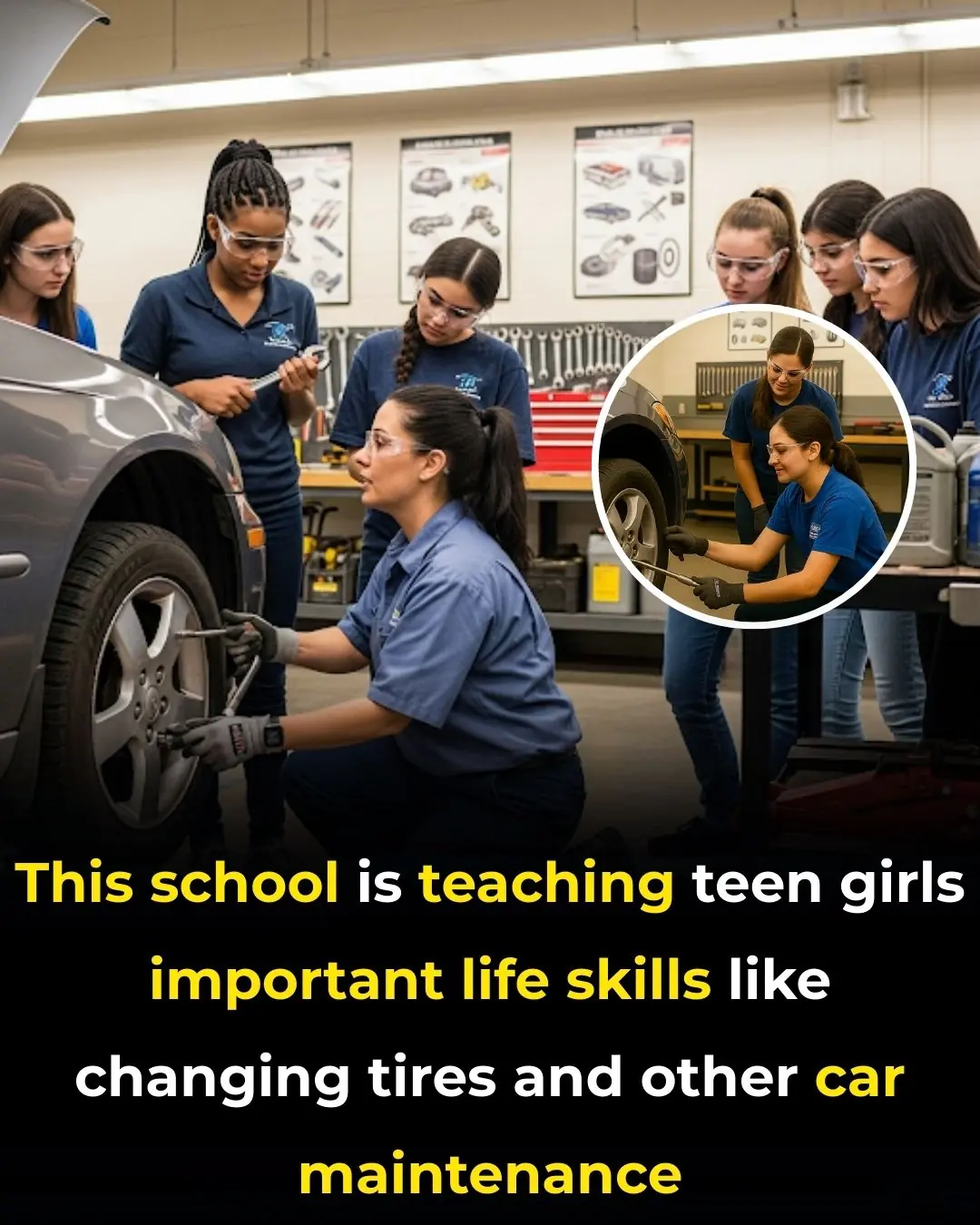
This School Is Teaching Teen Girls Important Life Skills Like Changing Tires and Other Car Maintenance

Indiana Woman Arrested After Traveling To DC To Kidnap And Assassinate Trump

Why Slugs Deserve More Credit Than You Think
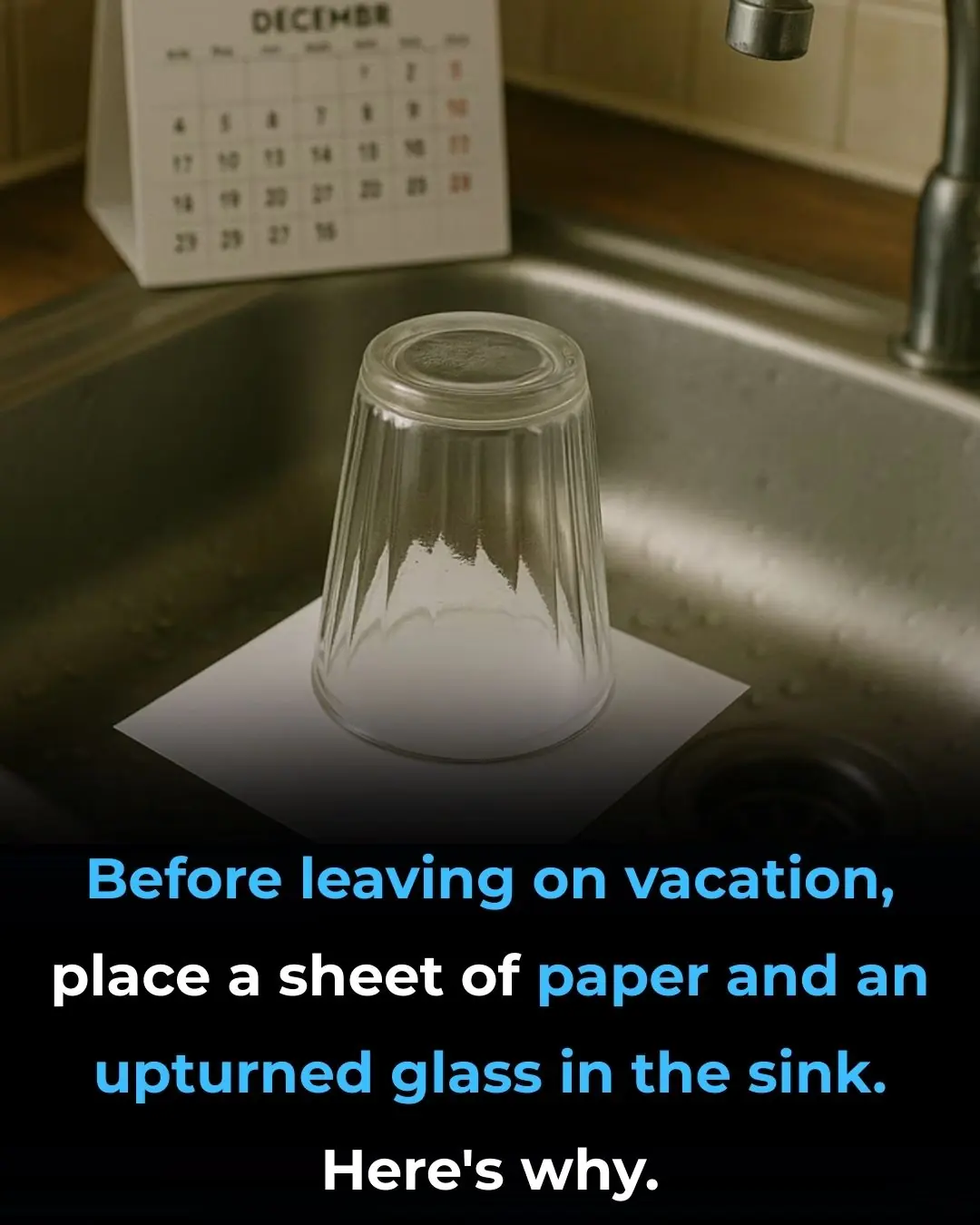
Sink Trick You Should Always Do Before Vacation

The Meaning of Having an Unmade Bed
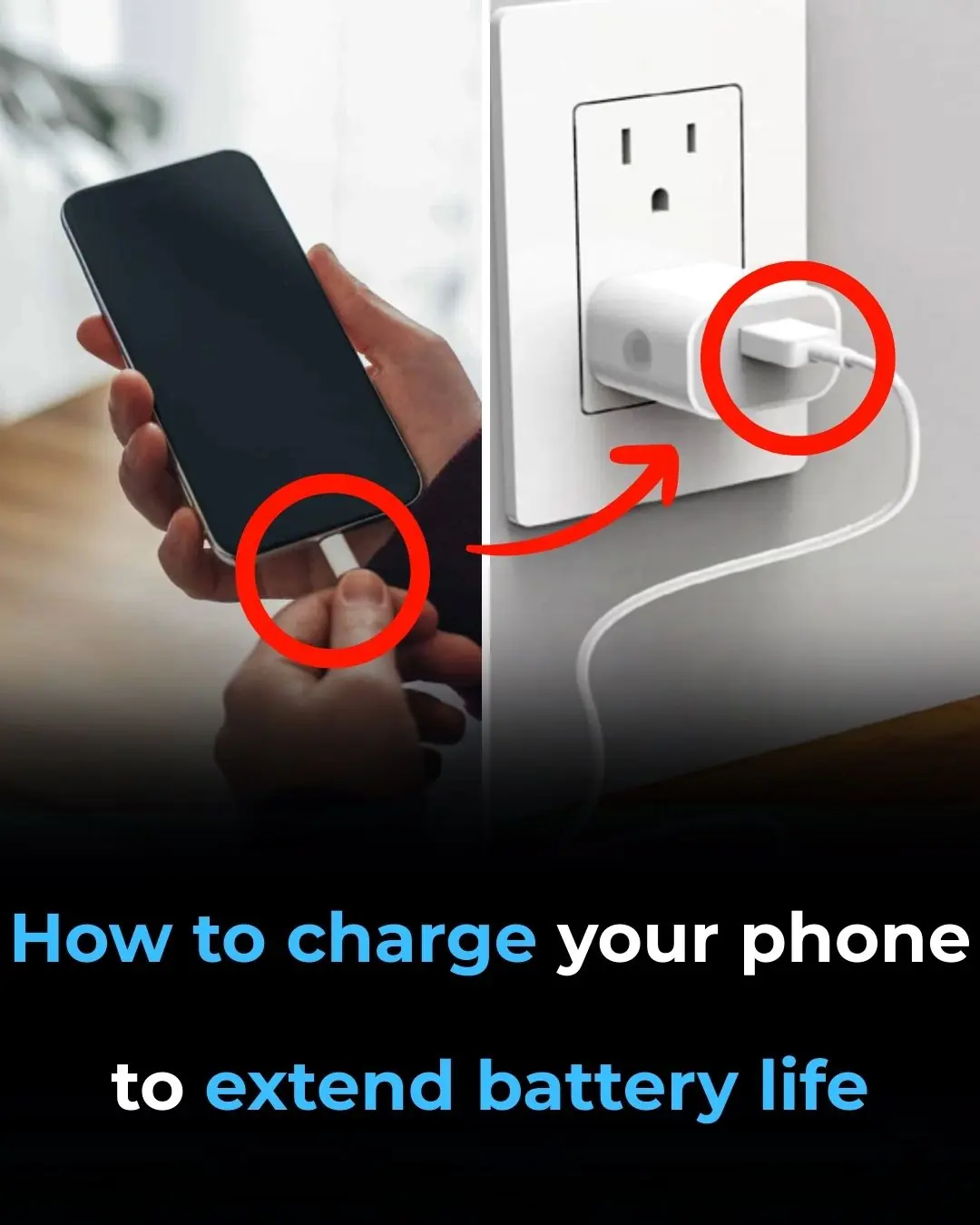
How to Charge Your Phone to Extend Battery Life

People Are Just Realizing Why Women’s Underwear Have A Bow On Front

Brown vs. White Eggs: Which Should You Choose?

The Secret Behind the Pocket in Panties: What It Really Does for Your Comfort
It’s not a secret storage space but a carefully designed gusset that enhances hygiene, improves comfort, and makes your underwear last longer.
News Post

Arkansas woman accidentally discovers $27,000 dollars after kicking 'spiderweb' in park

Exactly how virus carried by 'Frankenstein' rabbits growing black 'tentacles' spreads following urgent warning from experts

The Elders' Teachings Are Not Wrong: "The Kitchen Should Not Face Three Directions, and the Bed Should Not Be Placed in Three Locations"

5 Types of Plants That Snakes Love: If You Plant Them in Front of Your House, Remove Them Immediately Before It’s Too Late
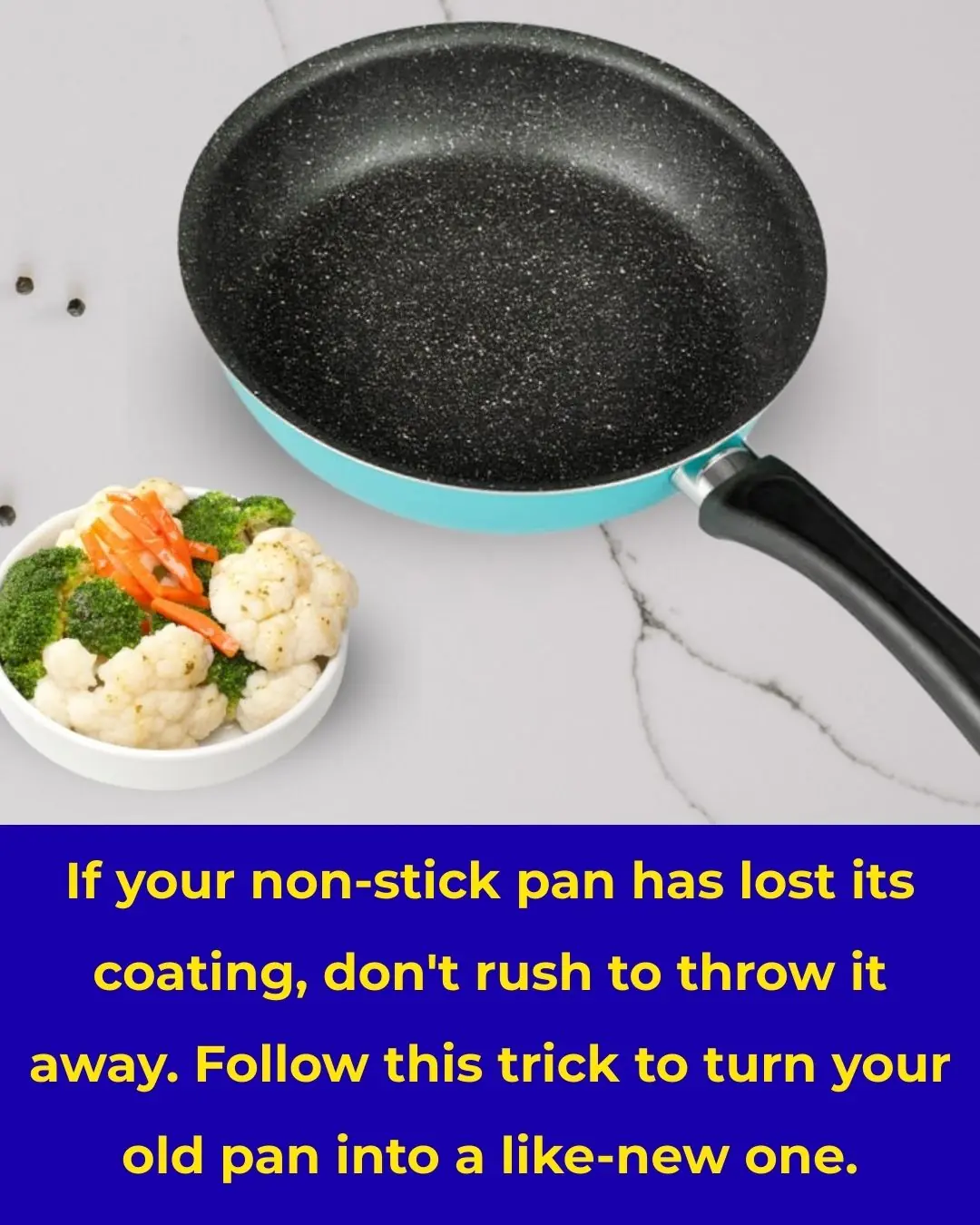
If Your Non-Stick Pan Has Lost Its Coating, Don’t Rush to Throw It Away. Follow This Trick to Turn Your Old Pan Into a Like-New One.
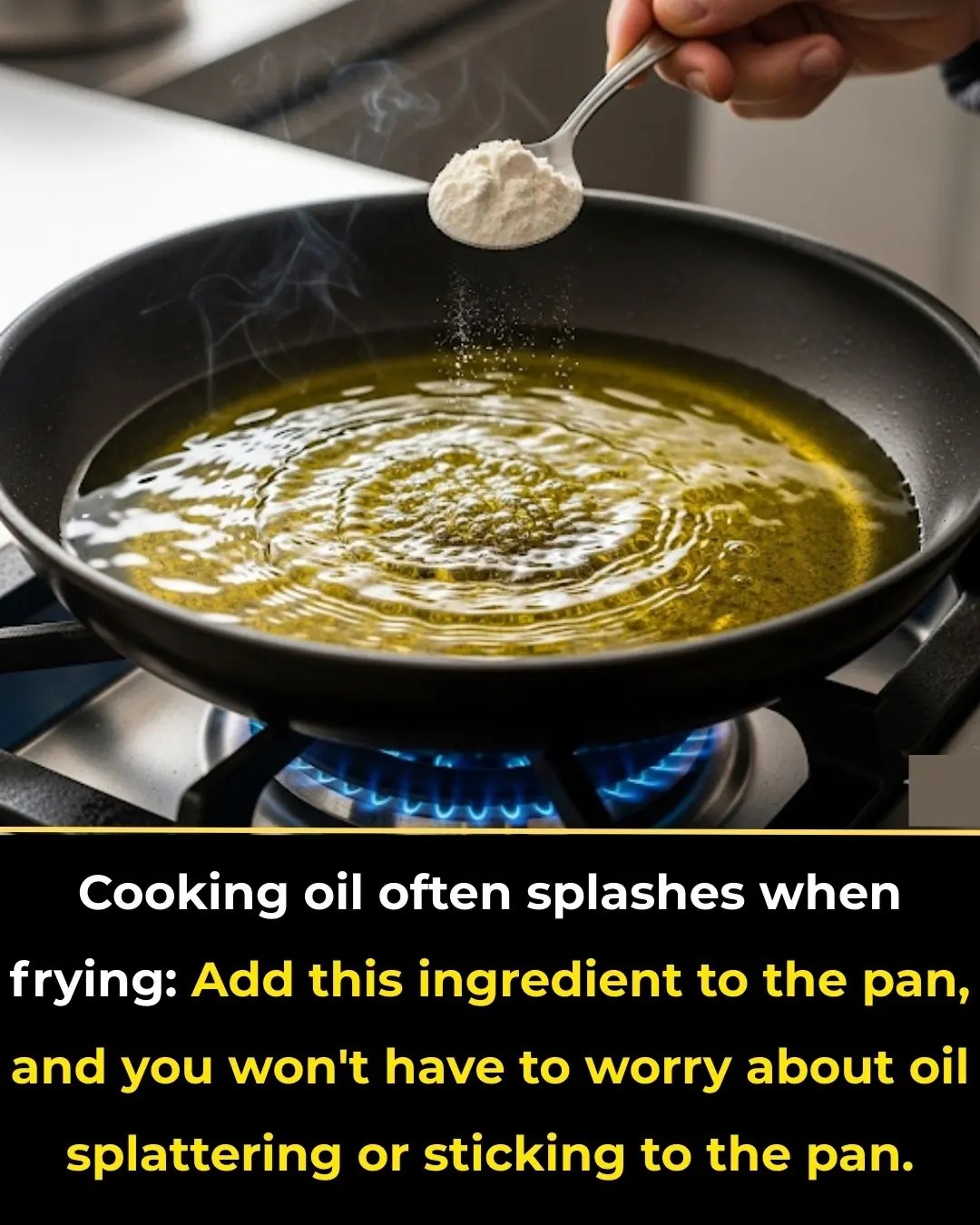
Cooking Oil Often Splashes When Frying? Add This Ingredient to the Pan, and You Won't Have to Worry About Oil Splattering or Sticking to the Pan

Is It Correct to Close the Door When Using the Air Conditioner? Here Are 5 Mistakes That Can Cause Your Electricity Meter to Increase 2-3 Times
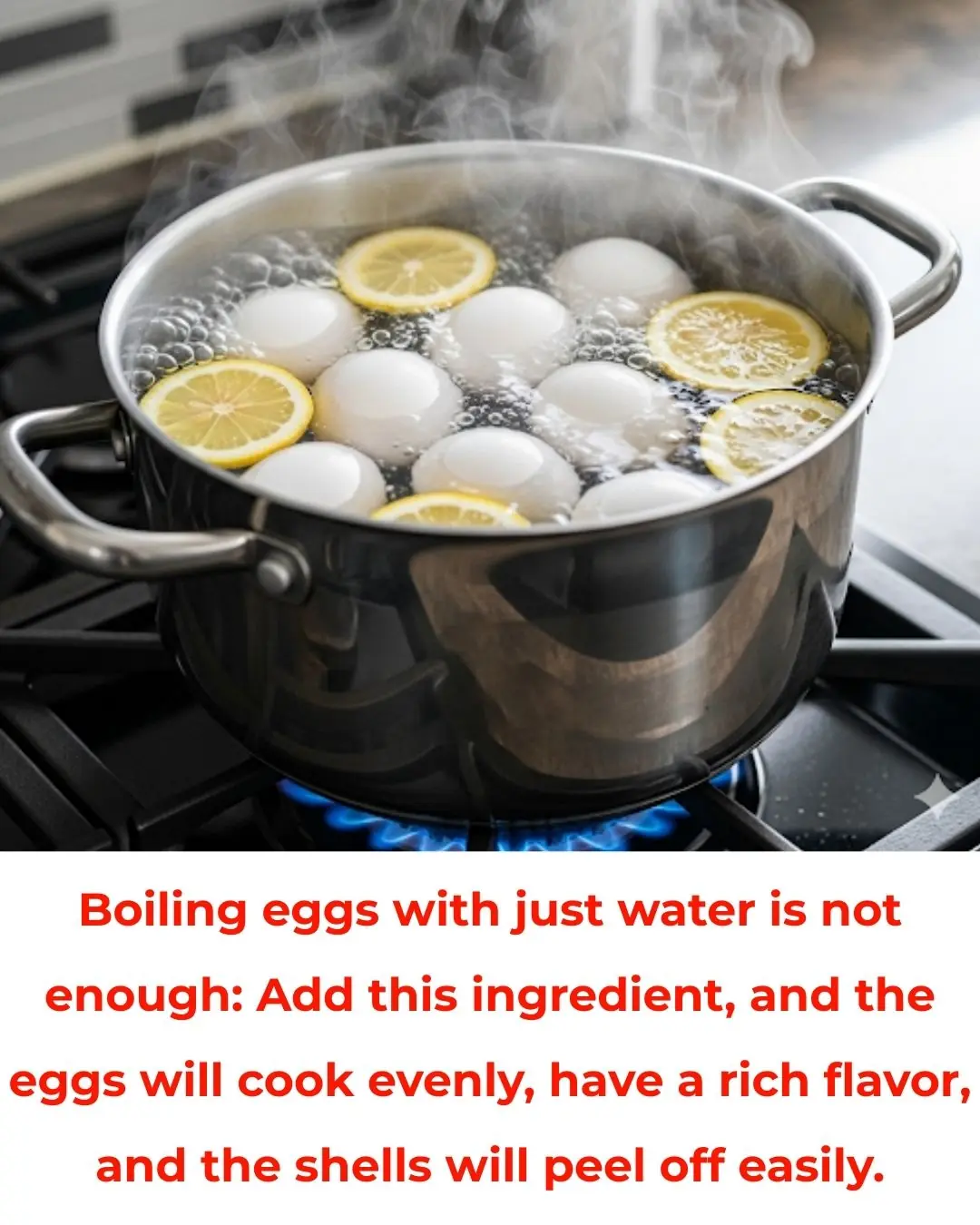
Boiling Eggs with Just Water is Not Enough: Add This Ingredient, and the Eggs Will Cook Evenly, Have a Rich Flavor, and the Shells Will Peel Off Easily

Do Not Ignore These 10 Warning Signs That Your Kidneys May Be In Danger

Buying Meat and Just Placing It Directly in the Freezer for Storage is a Mistake: The Shop Owner Shares a Trick to Keep Meat 'Fresh for a Whole Year' Without Spoiling

Sprinkle a Little of This Powder into the Oil Before Frying, Everyone Will Be Amazed by Its Incredible Effectiveness

If Your Body Suddenly Jerks While Falling Asleep, This Is What It Means

How Long Cooked Food Can Stay In The Refrigerator

If You Eat Eggs Every Day
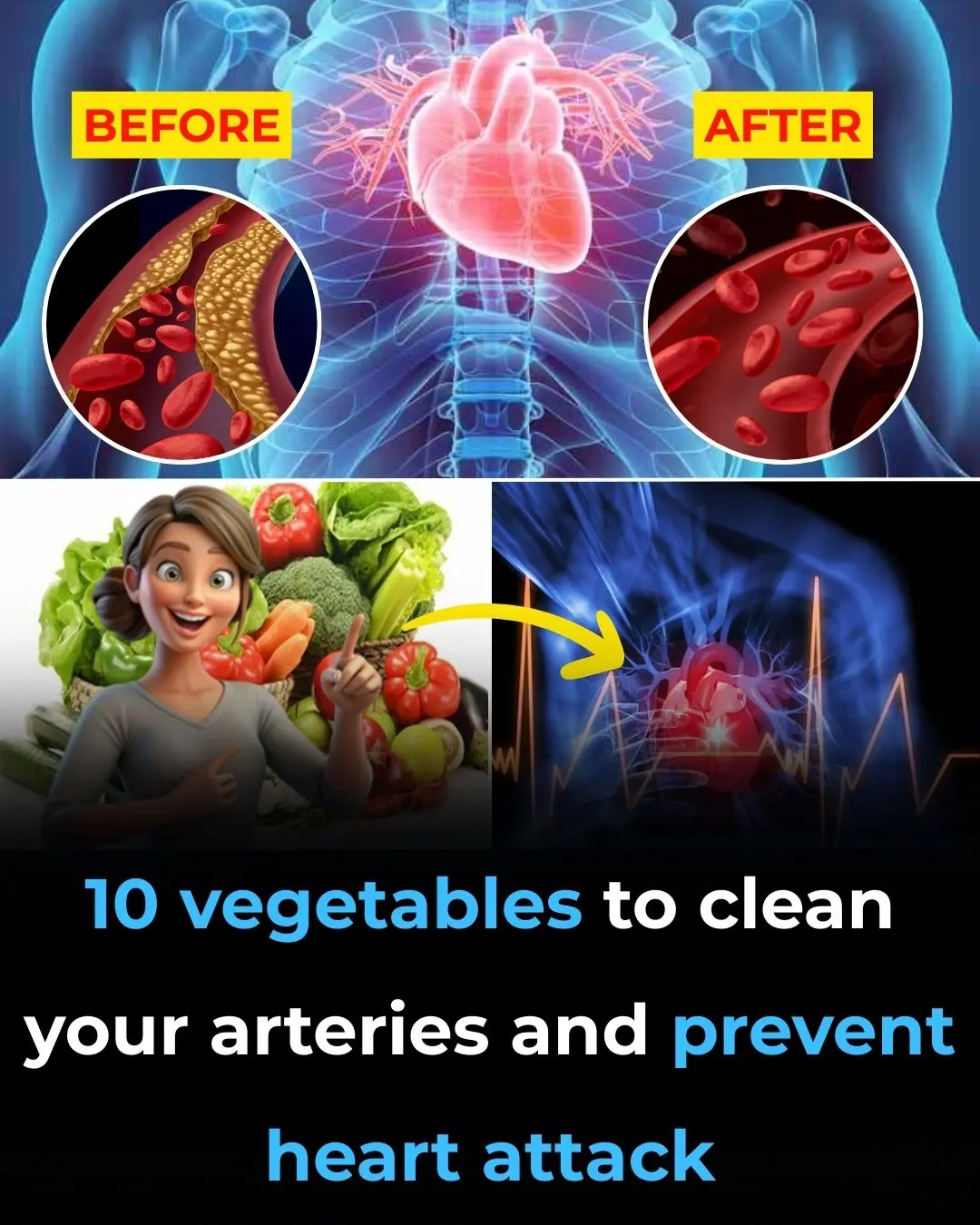
Vegetables To Clean Your Arteries And Prevent Heart Attack

Pain in This Part of the Body Could Indicate Cancer Cells are 'Awakening' – Both Men and Women Shouldn't Ignore It
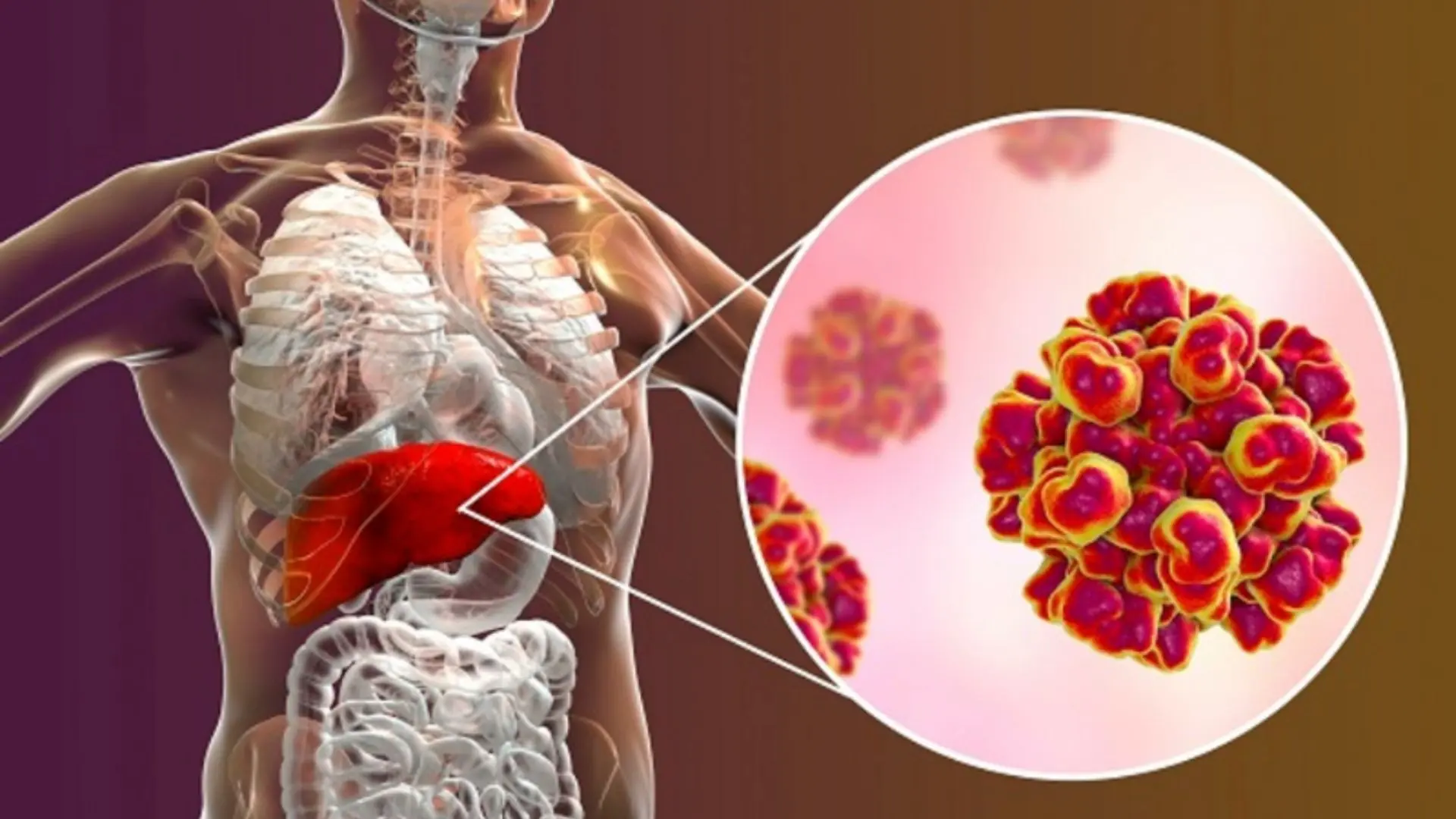
10 Unconventional Signs of Liver Damage You Must Know About
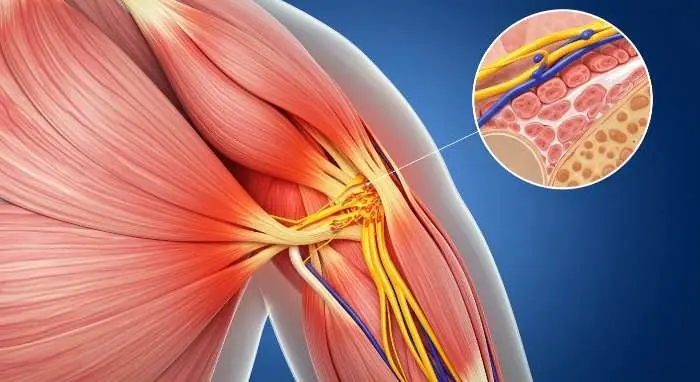
14 Early Warning Signs You're Dangerously Low on Magnesium
